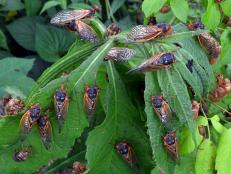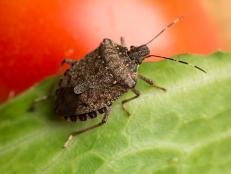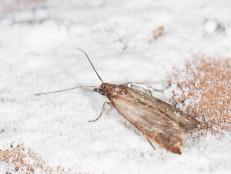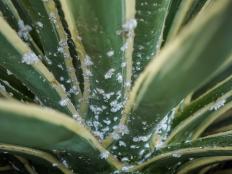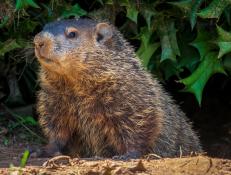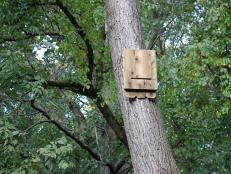Invite Dragonflies Into Your Garden

After a trip to China in 1982, Christine Cook opened her eyes to a whole new world of intrigue. She traveled thousands of miles from home only to discover the captivating creatures that also live no farther than her own backyard.
"I was surrounded by dancing golden dragonflies that filled the air, and I stopped and just took all of their energy in," she says. "They were fabulous, golden jewels flitting and flying in the air." She's been dazzled by dragonflies ever since.
A landscape designer by trade, Cook says that the voracious appetite of dragonflies makes them a great asset to the garden. "Because they're top predators in the insect world, they keep a balance with the insects in your yard. One of the insects that they love to eat is the mosquito." Mosquito-munching dragonflies are carnivorous and will eat just about any small insects. All that food gives them enough energy to fly at speeds of up to 30 mph.
Attracting dragonfly delicacies in the landscape is easy. Just plant a diverse landscape of trees and shrubs around the perimeter of the yard to provide hiding places for young dragonflies, and add a variety of blooming plants. Cook suggests incorporating plants like black-eyed Susan or Rudbeckia hirta, swamp milkweed (Asclepias incarnata, or even the Joe-pye weed (Eupatorium fistulosum). These plants will attract tiny pollinators, which also serve as food for the dragonflies.
Just Add Water
Bees, flies, moths, butterflies and the occasional fellow dragonfly may be what's for dinner, but there are lots of predators that eat dragonflies, and that's especially true near water where these winged wonders spend a good portion of their lives. "As larvae, they can spend two months to several years living underwater. Then they emerge and become flying adults," says Cook. Dragonflies also return to the water to mate and oviposite (lay their eggs), and for that, a water source is necessary. It can be as basic as a barrel full of water or, as in Cook's case, as elaborate as her neighbor's pond. If you provide water, they will come to hunt, reproduce, perch, play and generally entertain anyone lucky enough to catch a glimpse of these fascinating characters in the garden.
What you plant in and around the pond is critical to a dragonfly's survival. Rocks provide hiding places for larvae during the insects' underwater growth stage. Cattails and grassy foliage allow the larvae passage out of the pond.
Water lilies are a favorite birthing place for some species of dragonflies. Not only do the lilies provide the shade that keeps algae in check, they're also easy to plant. To plant water lilies, she recommends selecting a container with no holes in the bottom. "Water lilies tend to be a bit aggressive, so I want to keep them contained." Fill the container with soil about three-quarters full. Cook uses soil that is rich in organic matter. Then place the water lily in the soil.
Backfill the container with soil, leaving the top portion of the tuber exposed. Add some gravel to the top to finish it off so the soil won't float up. Be careful not to cover the crown with gravel. And when that's done, place the lily in the water. Place the lily container about 1-1/2 to 2 feet deep. Slowly release it into the water. When the weather gets cooler, Cook moves the lilies from the edge to the center of the pond so they won't freeze.
Ponds can be a bevy of activity, and dragonflies love to watch the action, which is something that's easy for them to do since their eyes have 30,000 lenses with up to 360-degree vision. For this reason, Cook also plants some perching places.
If you want dragonflies gallivanting through your garden, get rid of any electric bug zappers, which kill dragonflies as easily as flies and mosquitoes. Over time, the dragonflies will do a great job of keeping the insect population in check without any help. After all, more than 90 percent of their diet consists of people-pestering mosquitoes.







